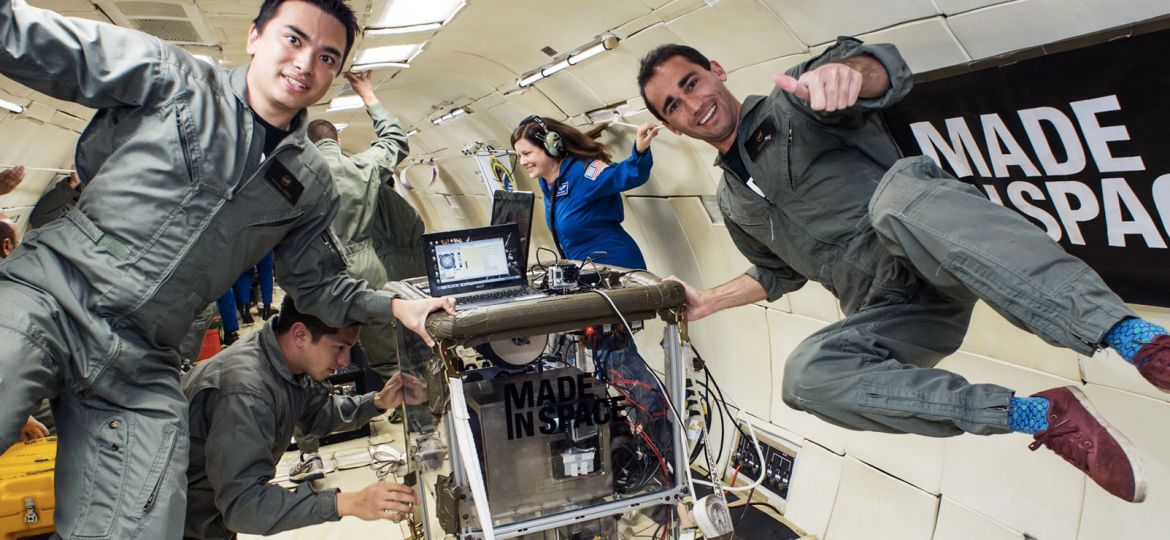
WHY THIS MATTERS IN BRIEF
Organs-on-chips pave the way for faster, safer, animal free drug testing and will contribute to a healthcare revolution.
Harvard University researchers have made the first entirely 3D printed organ-on-a-chip with integrated sensing. Built by a fully automated, digital manufacturing procedure, the 3D printed “Heart on a Chip” can be quickly fabricated and customised – the outcome of which means that clinical researchers around the world will now be able to use it to test and gather valuable data on new heart medications quickly, safely and reliably.
This isn’t Harvards first organ-on-a-chip breakthrough. They’ve already produced an envious collection of different human organs and systems on chips but this new 3D manufacturing process could one day allow researchers to rapidly design organs-on-chips, also known as microphysiological systems, that match the properties of a specific disease or even an individual patient’s cells. And that opens up a whole host of new possibilities – from the creation and development of new personalised medicines for individual patients all the way through to being able to combine different organ-on-a-chip products together to see the impact of a disease on a “whole biological system”.
The research is published in Nature Materials.
“This new programmable approach to building organs-on-chips not only allows us to easily change and customize the design of the system by integrating sensing but also drastically simplifies data acquisition,” said Johan Ulrik Lind, first author of the paper, postdoctoral fellow at the Harvard John A. Paulson School of Engineering and Applied Sciences (SEAS), and researcher at the Wyss Institute for Biologically Inspired Engineering at Harvard University.
Organs-on-chips mimic the structure and function of native tissue and have emerged as a promising alternative to traditional animal testing. However, up until now, the fabrication and data collection process for organs-on-chips is expensive and laborious. Currently, these devices are built in cleanrooms using a complex, multistep lithographic process and collecting data from them requires microscopy and high speed cameras.
“Our approach was to try to address these two challenges simultaneously via digital manufacturing,” said Travis Busbee, a co-author of the paper, “by developing new printable inks for multimaterial 3D printing, we were able to automate the fabrication process while increasing the complexity of the devices,” Busbee said.
The researchers developed six different inks that integrated soft strain sensors within the microarchitecture of the tissue on the chip then, in a single, continuous procedure, the team 3D printed those materials into a cardiac microphysiological device — a heart on a chip — with integrated sensors.
“We are pushing the boundaries of 3D printing by developing and integrating multiple functional materials within printed devices,” said Lewis.
“This study is a powerful demonstration of how our platform can be used to create fully functional, instrumented chips for drug screening and disease modelling.”
The chip itself contains multiple wells, each with separate tissues and integrated sensors which lets the researchers study a variety of engineered heart tissues at once. To demonstrate the efficacy of the device the team conducted a number drug studies that looked at gradual changes in the contractile stress of the tissues to gauge how effective the organ-on-a-chip was.
“Researchers are often left working in the dark when it comes to gradual changes that occur during cardiac tissue development and maturation because there has been a lack of easy, noninvasive ways to measure the tissue functional performance, and see how the musculature of the heart responds to different medicines and toxins” said Lind.
“These new integrated sensors will let researchers continuously monitor and collect data while the tissues mature and improve their contractility. Similarly, they will enable studies of the gradual effects of chronic exposure to toxins.”
“Translating microphysiological devices into truly valuable platforms for studying human health and disease requires that we address both data acquisition and manufacturing of our devices,” said Kit Parker, another co-author and faculty member of the Wyss Institute, “this work offers new potential solutions to both of these central challenges.”
















